Arrays are a way to arrange objects into equal rows. Making arrays with objects makes them easier to count. You can skip count, or repeatedly add, to find how many objects are in an array.
To better understand counting in groups (arrays)…
LET’S BREAK IT DOWN!
Line up tennis balls in an array.
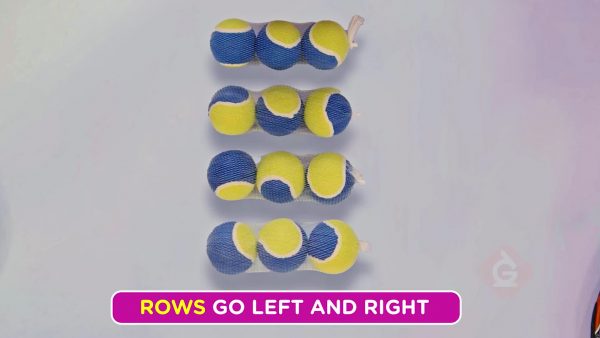
You have 4 packs of 3 tennis balls. Line up the equal groups. Each group is called a row. Rows go left and right. When you line up equal rows, the whole thing is called an array.
Count googly eyes in groups of 2.
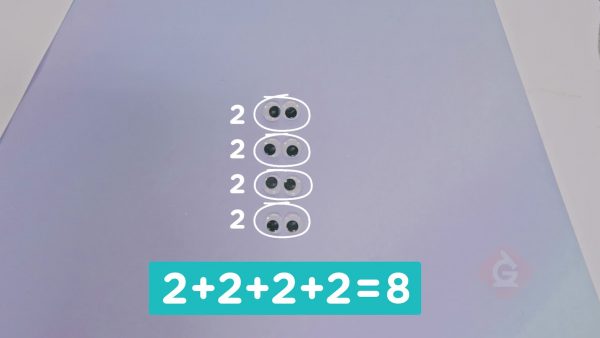
You have some googly eyes. Arrange the googly eyes into an array. There are 4 rows with 2 eyes in each row. Count by 2s: 2, 4, 6, 8 eyes. This is the same as 2 + 2 + 2 + 2. Adding equal groups repeatedly is called repeated addition.
Count tennis balls in groups of 3.
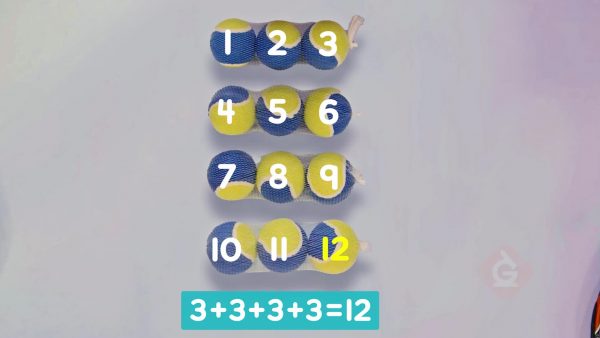
Count the tennis balls in the array. There are 4 rows. Each row has 3 balls. Count by 3s four times: 3, 6, 9, 12. There are 12 tennis balls. 3 + 3 + 3 + 3 = 12.
Count juice boxes in groups of 5.
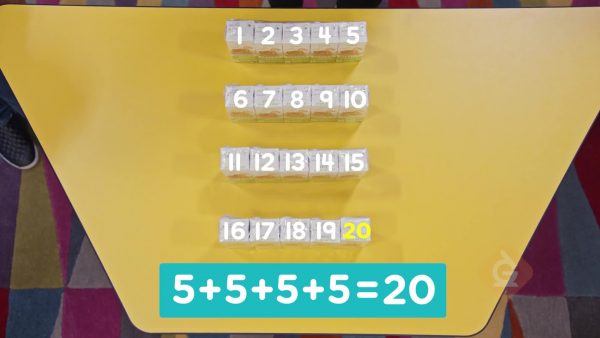
You have 4 packs of 5 juice boxes. Line up the juice boxes in 4 equal rows of 5. This is an array. Count by 5s: 5, 10, 15, 20. There are 20 juice boxes. 5 + 5 + 5 + 5 = 20.
Count cupcakes in groups of 5.
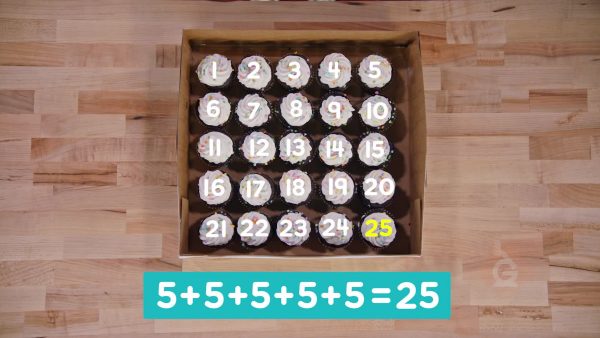
You have a box of cupcakes. The cupcakes are in an array. There are 5 rows, and each row has 5 cupcakes. Count by 5s to count them all: 5, 10, 15, 20, 25. You can show this as repeated addition: 5 + 5 + 5 + 5 + 5 = 25.
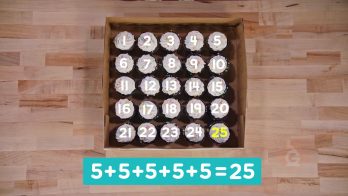








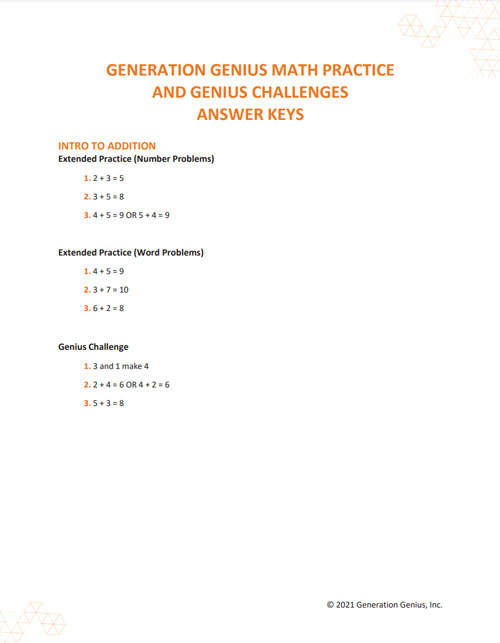























































































































 Select a Google Form
Select a Google Form






 GENERATION GENIUS
GENERATION GENIUS




